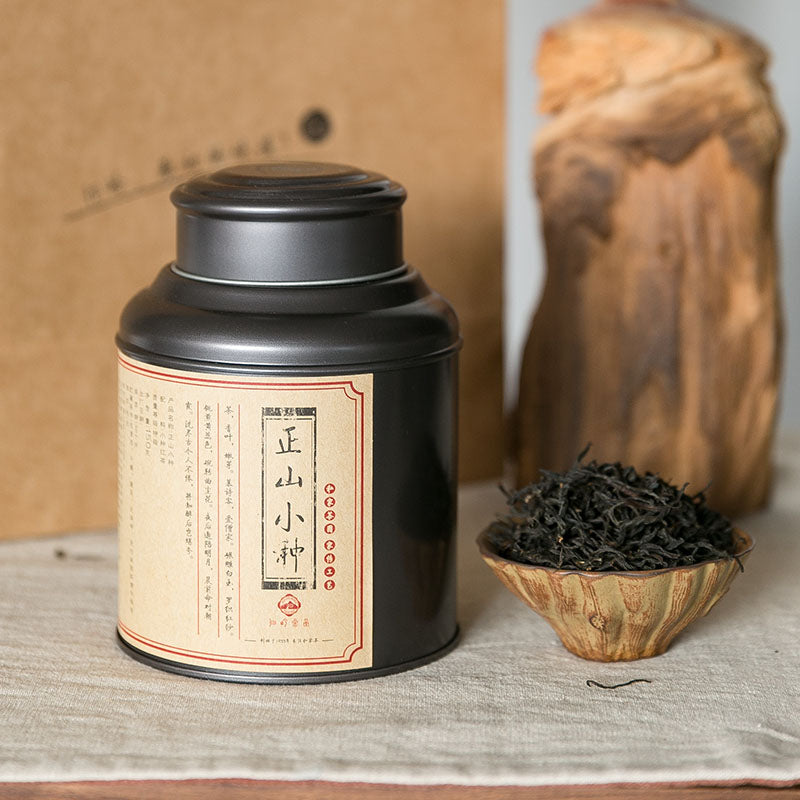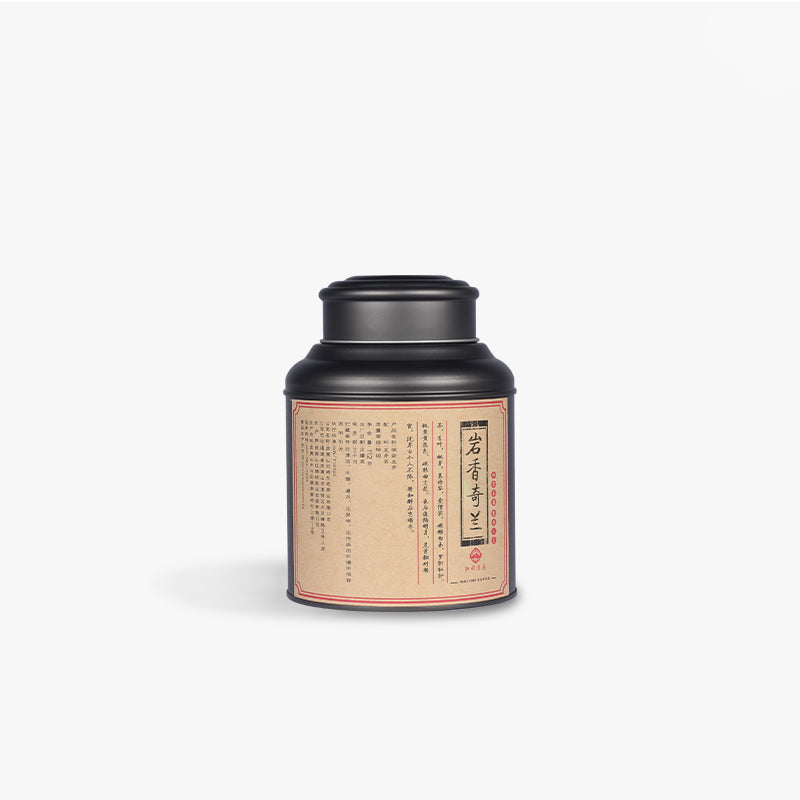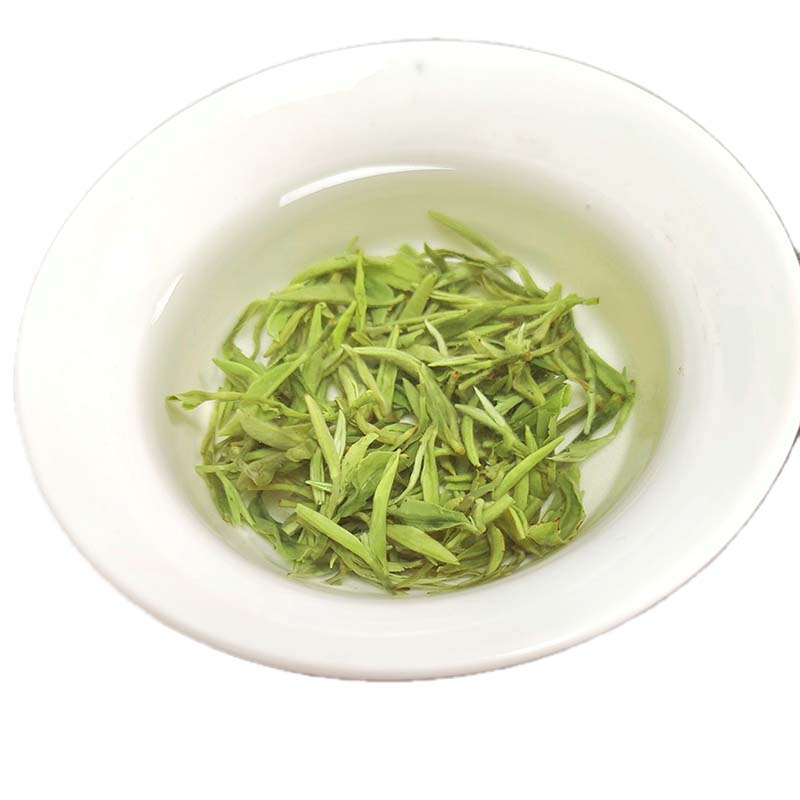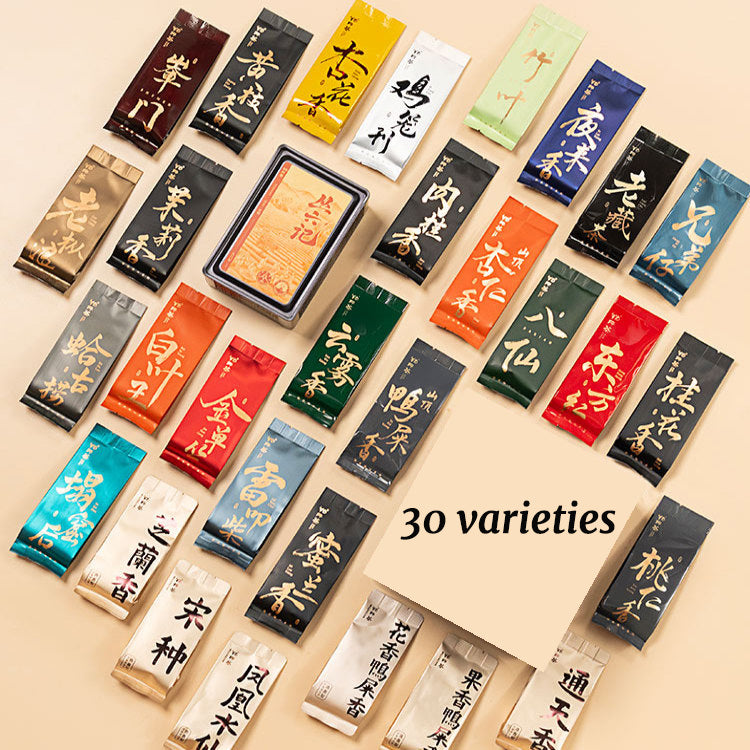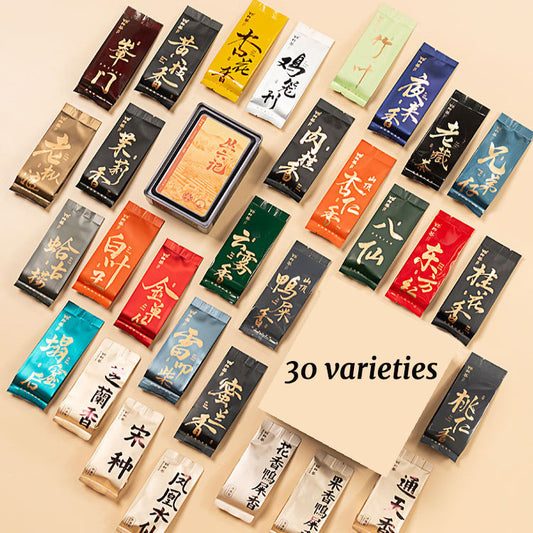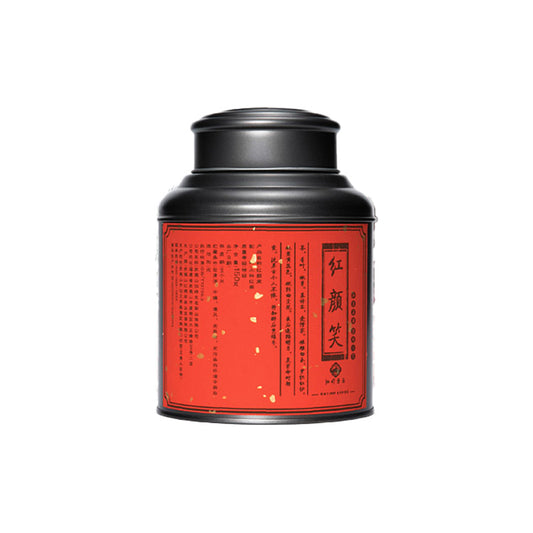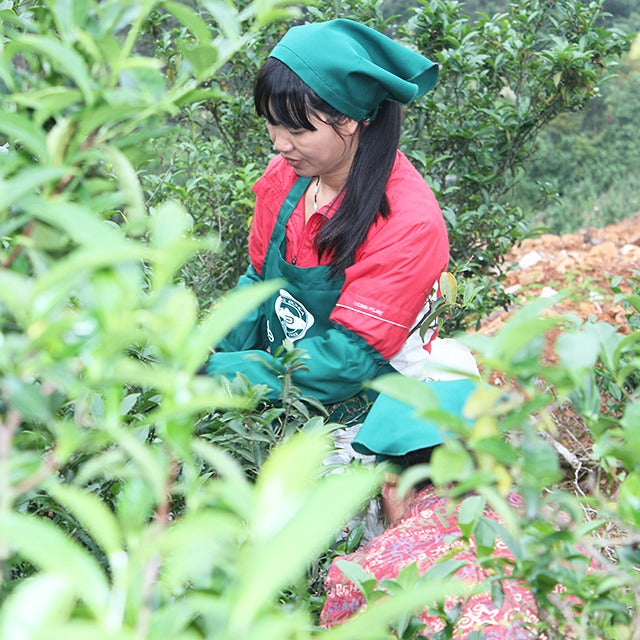Japanese Green Sencha A Sip into Tradition and Craft
Japanese Green Sencha A Sip into Tradition and Craft
When you hear the term "Japanese tea," there's a good chance that sencha is what comes to mind. This vibrant, leafy green tea is not only the most popular tea in Japan but also holds a special place in the hearts of tea aficionados worldwide. At first glance, sencha might seem humble, but every sip reveals layers of tradition and craftsmanship.
Sencha's story begins in the rolling tea fields of Japan, primarily in regions like Shizuoka and Uji. These areas provide the ideal conditions for cultivating tea, with a combination of fertile soil, gentle rains, and misty hillsides. Unlike matcha, which is made from powdered tea leaves, sencha is produced from whole leaves that are steamed, rolled, and dried. This steaming process, in contrast to the pan-firing methods used in Chinese green teas, preserves the tea’s natural flavor and vibrant green color, offering a fresh and grassy palate with hints of sweetness.
When brewing sencha, some simple yet thoughtful steps ensure the best experience. A water temperature of around 160-170°F is ideal, which might be cooler than many are used to, but it brings out the delicate flavors without bitterness. Just imagine the ritual: as you pour the warm water over the leaves, a bright, almost luminous green liquor emerges, its fragrance filling the room with a gentle, vegetal aroma. In that moment, you’re not merely making a cup of tea; you’re participating in a practice that has been perfected over centuries.
Sencha’s popularity isn't just rooted in its flavor; it also boasts numerous health benefits. Rich in antioxidants, particularly catechins, sencha is lauded for its potential to improve heart health, support the immune system, and even enhance mental clarity. No wonder many in Japan start their day with a cup of this invigorating brew, as it’s a gentle nudge towards mindfulness and well-being.
As we enjoy sencha, it can be enlightening to compare it with other green teas, such as Chinese longjing. While both are green teas, their differences highlight the unique approaches between Japanese and Chinese tea traditions. Longjing offers a nutty, roasted profile due to its pan-fired preparation, while sencha remains fresh and grassy thanks to its steaming process. Both are treasures in their own right, but the choice between them is often a matter of personal preference and mood.
Having a cup of sencha feels like a small ceremony in itself. It's a tea that reminds us of the beauty in simplicity and the importance of craftsmanship. So next time you sip on this remarkable green tea, take a moment to appreciate not just the delightful taste but the centuries of dedication that have brought it to your cup. Cheers to the art of tea.

